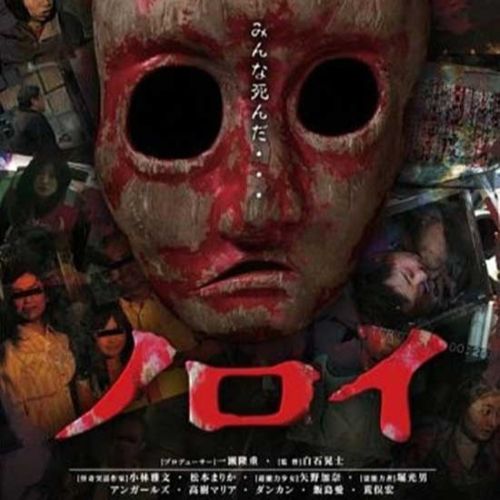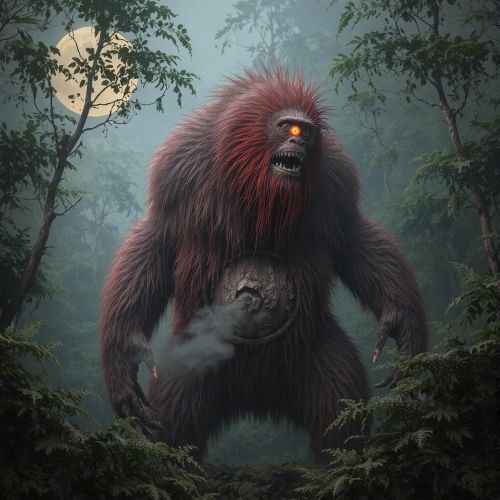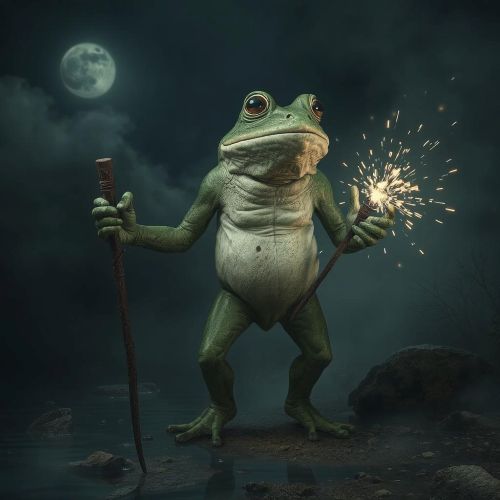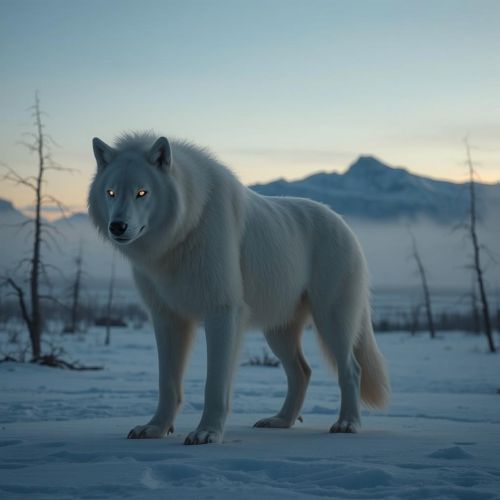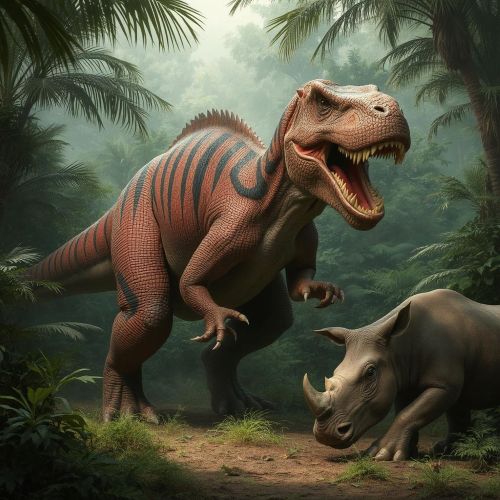Ropen: The Bioluminescent Cryptid
| Description | |
|---|---|
| Origin | Papua New Guinea |
| Classification | Cryptid |
| Demeanour | Neutral |
| Habitat | Rural Areas |
| Status | Not Proved |

Introduction
In the dense rainforests and volcanic islands of Papua New Guinea, legends tell of a terrifying nocturnal predator known as the Ropen. Meaning “demon flyer” in some local dialects, the Ropen is often described as a featherless, bat-like creature with glowing lights beneath its wings. Some believe it is a living pterosaur, a relic of the Mesozoic era that has somehow survived into the modern world. While mainstream science dismisses it as folklore or mistaken identity, the Ropen has captivated cryptozoologists, explorers, and local communities alike, becoming one of the most enduring mysteries of Oceania.
Physical Attributes
The Ropen is typically described as a massive flying reptile with leathery wings rather than feathers. Reports vary widely on size, with wingspan estimates ranging from 10 feet to as much as 30 feet in the most dramatic accounts. Its body is often depicted as reptilian, with scaly skin, a long tail ending in a diamond-shaped flange, and sharp claws capable of gripping prey. Some witnesses also describe a long, pointed beak lined with teeth and a prominent crest at the back of its skull, closely resembling reconstructions of prehistoric pterosaurs.
One of the most distinctive traits of the Ropen is its bioluminescence. Eyewitnesses frequently report glowing lights of red, green, or yellow lasting for several seconds as the creature glides through the night sky. Locals claim this glow helps the Ropen attract fish, its primary food source, although some stories suggest it may also use the light to confuse prey. This mysterious illumination sets the Ropen apart from known bat species, leading believers to argue for its identity as a surviving pterosaur.
First Sighting/Reporting
The earliest widely noted Western reference to the Ropen came from Evelyn Cheesman, a respected British biologist and explorer. In her 1935 book The Two Roads of Papua, she documented strange lights in the skies of New Guinea, lasting several seconds and moving in ways she could not explain through known natural causes. These “ropen lights” remain a cornerstone of the creature’s legend.
During World War II, in 1944, American serviceman Duane Hodgkinson reported seeing a massive winged animal near Finschhafen. He described it as resembling a “pterodactyl,” complete with a long snout, crest, and enormous wingspan—he estimated it at nearly 30 feet. His testimony has become one of the most cited sightings in cryptozoology.
Later decades brought more reports, particularly from missionaries and villagers who claimed encounters with glowing creatures near rivers and reefs. By the 1990s and 2000s, cryptozoologists like Jonathan Whitcomb conducted expeditions to interview locals and gather evidence, cementing the Ropen’s place in modern cryptid research.
Other Names
The Ropen goes by many names depending on the region and language of Papua New Guinea. Some communities refer to it as Duwas, Indava, Wawanar, Seklo-bali, or Kor. The name “Indava” is often used for the glowing light associated with the creature, sometimes described as resembling a small aircraft moving silently through the night sky.
On Umboi Island, locals differentiate between the fruit bat (byung) and the ropen, emphasizing that the latter is larger, glows in the dark, and roosts upright on trees rather than hanging upside down like a bat. In some traditions, the creature is considered a supernatural being associated with death, capable of carrying away souls or preying upon the unguarded.
Modus Operandi
The behavior of the Ropen is as unsettling as its appearance. Folklore and eyewitness accounts describe it as a nocturnal hunter, emerging at dusk from caves or cliffside hollows. Its bioluminescent glow is often seen traveling from the mountains toward coastal reefs, where it is believed to feed on fish and squid. Some researchers speculate that pairs of Ropen may use cooperative hunting, with one circling a school of fish while glowing to draw them in and the other swooping down to feed.
Grimly, the Ropen is also associated with corpse theft. Villagers report it raiding graves, carrying away human remains, and feeding on flesh. This belief has led some communities to fortify graves with stones or concrete to protect them from desecration. Stories also exist of direct attacks on humans, including a chilling account from the 1980s in which a Ropen allegedly lifted a man into the air, dropped him fatally, and then consumed his body in front of terrified witnesses.
Ropen are generally solitary or seen in pairs, but during nesting season juveniles are said to gather in large flocks for protection. They are thought to communicate using flashing light patterns rather than calls, signaling food, threats, or mating readiness through pulses of bioluminescence.
Pop Culture References
Though less famous than Bigfoot or the Loch Ness Monster, the Ropen has appeared in a variety of cryptid-themed media. Its glowing lights were first popularized in Cheesman’s 1935 writings and later in Jonathan Whitcomb’s books, including Searching for Ropens and Live Pterosaurs in America, which argue for the existence of modern pterosaurs. The creature also appears in Lois Buchter’s novel Ropen Island, where it is depicted as a formidable predator.
On television, the Ropen has been featured in Animal Planet’s Lost Tapes, MonsterQuest on the History Channel, and Destination Truth, where host Joshua Gates and his team investigated strange lights in Papua New Guinea. The legend continues to inspire documentaries, YouTube cryptid channels, and speculative discussions in podcasts like Cryptid Campfire. Even independent films, such as The Expedition: A Love Story (2012), have portrayed the Ropen as a deadly antagonist.
Current Status
Despite decades of fascination, no scientific evidence confirms the existence of the Ropen. Photographs and videos remain inconclusive, with most skeptics attributing sightings to misidentified fruit bats, frigatebirds, or even trick of the light phenomena such as phosphorescent fungi or atmospheric reflections. The Smithsonian Magazine and other scientific outlets have dismissed Ropen reports as folklore amplified by cultural storytelling and cryptozoological enthusiasm.
Yet the legend endures. In 2006, researcher Paul Nation recorded two mysterious lights in a remote village, which locals identified as “Indava.” Analyses ruled out common explanations, keeping the mystery alive. More recently, cryptozoologists like Whitcomb and physicist Clifford Paiva have argued for photographic evidence of modern pterosaurs, including controversial Civil War-era images that some claim depict Ropen-like creatures.
The rugged, largely unexplored terrain of Papua New Guinea provides fertile ground for speculation. While mainstream zoologists see no credible evidence for a living pterosaur, conservationists note that rapid deforestation and mining threaten the habitats of countless undiscovered species. For believers, the Ropen may yet be one of them—a nocturnal relic of prehistory hiding in plain sight.
Source
Mythical Encyclopedia. (n.d.). Ropen: A guide to the flying cryptid. Retrieved September 10, 2025, from https://mythicalencyclopedia.com/ropen/
Genesis Park. (n.d.). The Ropen of PNG. Retrieved September 10, 2025, from https://genesispark.com/exhibits/cryptozoological-evidence/the-pterosaur-rookery/the-ropen-of-png/
Mystery Archives. (2023, March 5). Is the Ropen Real? The Dragon of Siassi Island – PNG Mystery [Video]. YouTube. https://www.youtube.com/watch?v=BKbrtePzfGw
Eberhart, G. M. (2002). Mysterious Creatures: A Guide to Cryptozoology. ABC-CLIO, Inc. ISBN 1-57607-283-5.
Shuker, K. P. N. (2010). Karl Shuker’s Alien Zoo: From the Pages of Fortean Times. CFZ Press. ISBN 978-1-905723-62-1.
Whitcomb, J. (2006). Searching For Ropens: Living Pterosaurs In Papua New Guinea. WingSpan Press. ISBN 978-1595941534.
Whitcomb, J. (n.d.). Reports of Living Pterosaurs in the Southwest Pacific. Retrieved from https://crsq.creationresearch.org/id/eprint/1060/1/Reports%20of%20Living%20Pterosaurs%20in%20the%20Southwest%20Pacific.pdf
Whitcomb, J. (n.d.). Results of investigations concerning pterosaur sightings in Papua New Guinea. Retrieved from http://www.ropens.com/report/pg-01/





